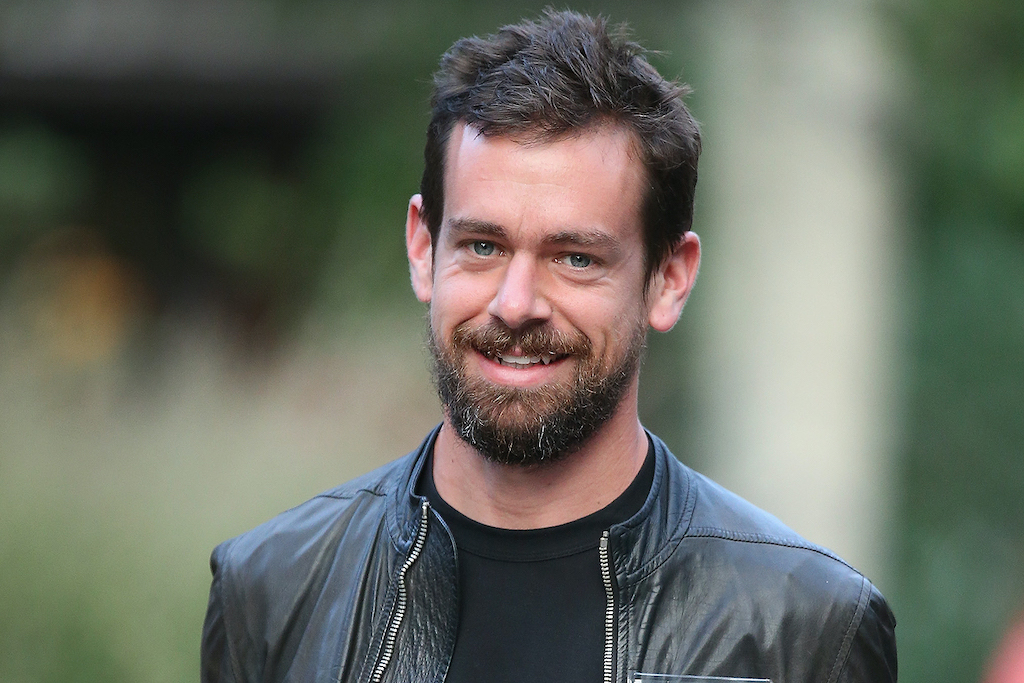
Covid Crisis May Accelerate Square’s Move Into Consumer Banking
via Forbes
Since April 2013, when Square SQ launched its peer-to-peer money transfer app, the San Francisco company has been slowly morphing into a full-service digital bank. Now it’s seizing the opportunity of the Covid crisis to accelerate that mission.
People could already store money, make purchases, invest in stocks and buy bitcoin with Square’s Cash App by early 2018. Two months ago, CEO Jack Dorsey began tweeting about how people could use it to receive their $1,200 government-stimulus funds faster. Square worked with its bank partners, including Attica, Ohio-based Sutton Bank, to quickly expand the number of Cash App users who could set up direct deposit from 3 million to 14 million people. “Cash App achieved its highest direct deposit volume during the month of April,” Square wrote this month in its annual shareholder letter. Its users now hold $1.3 billion in cash balances.
Until recently, getting consumers to sign up for direct deposit—the most important step in becoming consumers’ primary bank—hadn’t been a prominent goal for Square. That lays in stark contrast to Chime, the mostly highly valued digital bank in America, worth $6 billion, which requires users to set up direct deposit to access key features. Square’s new focus puts the two in closer competition. Another sign of a growing rivalry: Square recently enabled users to access their direct deposit funds two days earlier than many traditional banks. That has been a hallmark feature of Chime for years.
This week, Credit Suisse released research estimating that 1.2 million Cash App users have set up direct deposit, up from just 500,000 at the end of March. Chime, with its 8 million accounts and estimated 5.3 million customers, likely has 2 million direct deposit users.
In its path to becoming a digital bank, Square isn’t stopping with direct deposit, says Credit Suisse analyst Timothy Chiodo. “We think they’ll add budgeting tools and bill payment capabilities.” Credit cards and buy-now, pay-later loans will get added, too, he expects.
By piling on more financial products, Square will ramp up profitability under the same strategy banks have used for centuries: Attract customers with one feature, then cheaply cross-sell them on others. For instance, it’s free to buy a stock or send money to a friend with Cash App. But to instantly transfer money into your bank account, Square charges a 1.5% fee, up from 1% last year. Credit Suisse thinks instant-transfer fees made up more than half of Cash App’s $589 million in revenue last year. It projects the app will rake in from $1 billion to $2 billion in gross profit by 2023, potentially constituting half of Square’s total profits.
One major investor in Square, New York investment management firm Ark, claims Dorsey’s company poses a large threat to brick-and-mortar banks because it can acquire customers much more cheaply. Ark says Cash App can recruit a new user for as low as $20, while it costs banks nearly $1,000 to reel in one. The key question becomes how valuable those customers are. For traditional retail banks, a customer’s lifetime value ranges from $1,500, according to Ark, to up to $4,000, according to banking analytics firm Novantas. Ark thinks digital bank users can be worth up to $900 over eight years, although that number will fluctuate significantly as neobanks add new features.
Investors have been impressed by Cash App’s recent progress. After the company reported first-quarter earnings on May 6, 2020, Square’s stock surged 10%. It’s down just 4% from the market’s peak on February 19, 2020, before the coronavirus crisis caused stocks to drop steeply. Over the same period, the S&P 500 has fallen 13%.





